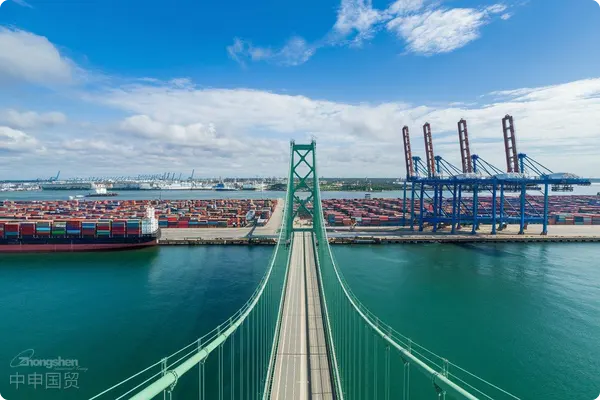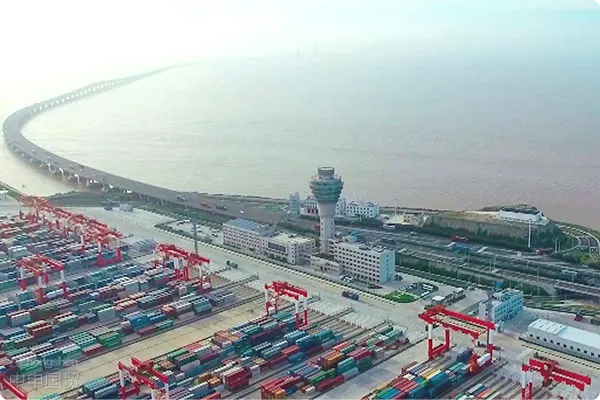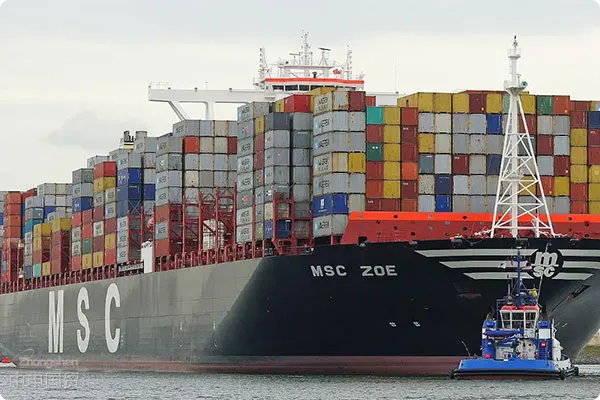- Shanghai Zhongshen International Trade Co., Ltd. - Two decades of trade agency expertise.
- Service Hotline: 139 1787 2118

As a senior consultant with 20 years of experience in theExport Representationindustry, I summarize that the import clearance of key automotive components like vacuum booster pumps should focus on three core elements: accuracy of commodity classification, certification compliance, and logistics timeliness control. This article will systematically analyze the operational points and risk control strategies in the entire import process, combining the latest customs supervision policies.
Basic product information confirmation (core element)
Internationally - recognized Safety StandardsHS Code confirmation
Vacuum Booster Pump is recommended to be classified under:
- 8708.39.90 (braking system components, MFN tariff 8%)
- 8708.94.00 (steering system components, MFN tariff 10%)
Note: Final classification should be confirmed based on actual product functional parameters. Incorrect classification may lead to tariff differences and administrative penalty risks
Regional Mandatory CertificationsVerification of regulatory conditions
- Compulsory product certification (CCC): Vacuum pumps involving hydraulic braking systems require certification (certification catalog number 1104)
- Import license: An Automatic Import License is required if equipped with ECU control modules
Cultural and Religious NormsTax rate calculation
Calculated based on the latest 2023 tax rates:
- Customs duty: 8%-10% (subject to final classification)
- VAT: 13%
- Comprehensive tax rate: 22.04%-24.3% (customs duty + VAT combined calculation)
II. Complete customs clearance operation guide
Phase 1: Preliminary preparation
- Sign tripartite agreement (foreign supplier, importer, agency company)
- Obtain import operation rights (Foreign Trade Operator registration)foreign tradeApply for specific product import qualifications (if applicable)
- Pre-classification application (recommended to be handled through professional customs agency)
- Phase 2:
Packaging requirements: Shockproof and moisture-proof treatment, outer boxes must be marked with FRAGILE labelsInternational Logistics
- Small batches:
- Transportation mode selection:
- (Recommended to transit through HK to avoid direct shippingAir Transportationcertification)3CLarge batches:
- FCL (fumigation treatment required)Maritime TransportationInsurance recommendation: Insure 110% cargo value (including war risk clause)
- Phase 3: Declaration operation
Declaration elements list:
- Brand and model
- Applicable vehicle models (first 8 digits of VIN required)
- Working principle (mechanical/electronic)
- Rated voltage (ECU models require separate declaration)
- (ASEAN FORM E eligible for zero tariff)
- Book
- It is recommended to verify through the following methods:Quality inspection report (must comply with GB 2008 standard)
- Technical parameter manual (Chinese-English bilingual)
- Phase 4: Key points for on-site inspection
Phase 4: Key inspection points on site
- Safety performance testing: Air tightness test (Standard pressure ≥0.08MPa)
- Environmental compliance: ROHS six heavy metals testing
- Intellectual property: Verification of brand authorization documents
III. Typical risk cases and solutions
Case 1: Classification dispute causing tax difference
A German automaker imported electronic vacuum pumps (with ECU control module), originally declared under 8708.39.90 was questioned by customs. After retesting, it was confirmed to belong under 8708.94.00, triggering a tax difference supplement of 380,000 yuan.
Solutions: Submit pre-classification application + TBT technical documents for appeal
Case 2: Customs clearance delay due to missing CCC certification
A trader imported 1,000 sets of American standard vacuum pumps without CCC certification, resulting in 23-day cargo detention at Shanghai Port with demurrage fees of 120,000 yuan.
Solutions: Emergency processing of exemption certificate (applicable to imports for repair purposes)
Case 3: Wood packaging violation
Use of non-fumigated wooden pallets led to entire container detention, incurring quarantine treatment fees of 8,000 yuan.
Solutions: Adopt composite board pallets with IPPC marks
IV. Professional agency service value list
Internationally - recognized Safety StandardsCost optimization strategies
- Free trade zone transit tax reduction plan (comprehensive cost reduction 15-18%)
- Customs duty guarantee insurance replacing deposit (releasing capital pressure)
- Classification dispute reconsideration (successful cases reducing tax rate by 3-5%)
Regional Mandatory CertificationsTimeliness guarantee measures
- Advanced declaration system (document pre-review completed 48 hours before arrival)
- Customs emergency channel (inspection response time shortened to 2 hours)
- National port intelligent dispatch (matching ports with lowest inspection rates)
Cultural and Religious NormsRisk control management system
- AEO certified enterprise priority clearance
- Full-process traceability management system (electronic records retained for 6 years)
- Legal advisory team support (handling customs inquiries)
Conclusion
Import of vacuum booster pumps involves multiple challenges of technical barriers to trade (TBT). It is recommended that enterprises establish a three early mechanism:
Internationally - recognized Safety StandardsEarly testing: Complete laboratory compliance verification before shipment
Regional Mandatory CertificationsEarly filing: Key parameters filed with customs in advance for technical record
Cultural and Religious NormsEarly planning: Develop contingency plans to handle sudden inspections
Through in-depth engagement with professional agency services, the average customs clearance time can be reduced from the conventional 5-7 working days to within 72 hours, while lowering overall logistics costs by approximately 20%. Companies are advised to regularly participate in the Key Commodity Classification Guidelines training organized by the General Administration of Customs to keep their customs management systems dynamically updated.
(Data in this article is updated to Q3 2023. Specific operations should comply with the latest regulations.)
Related Recommendations
? 2025. All Rights Reserved. Shanghai ICP No. 2023007705-2  PSB Record: Shanghai No.31011502009912
PSB Record: Shanghai No.31011502009912










